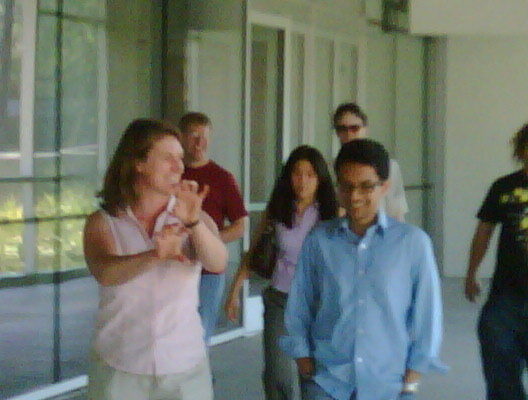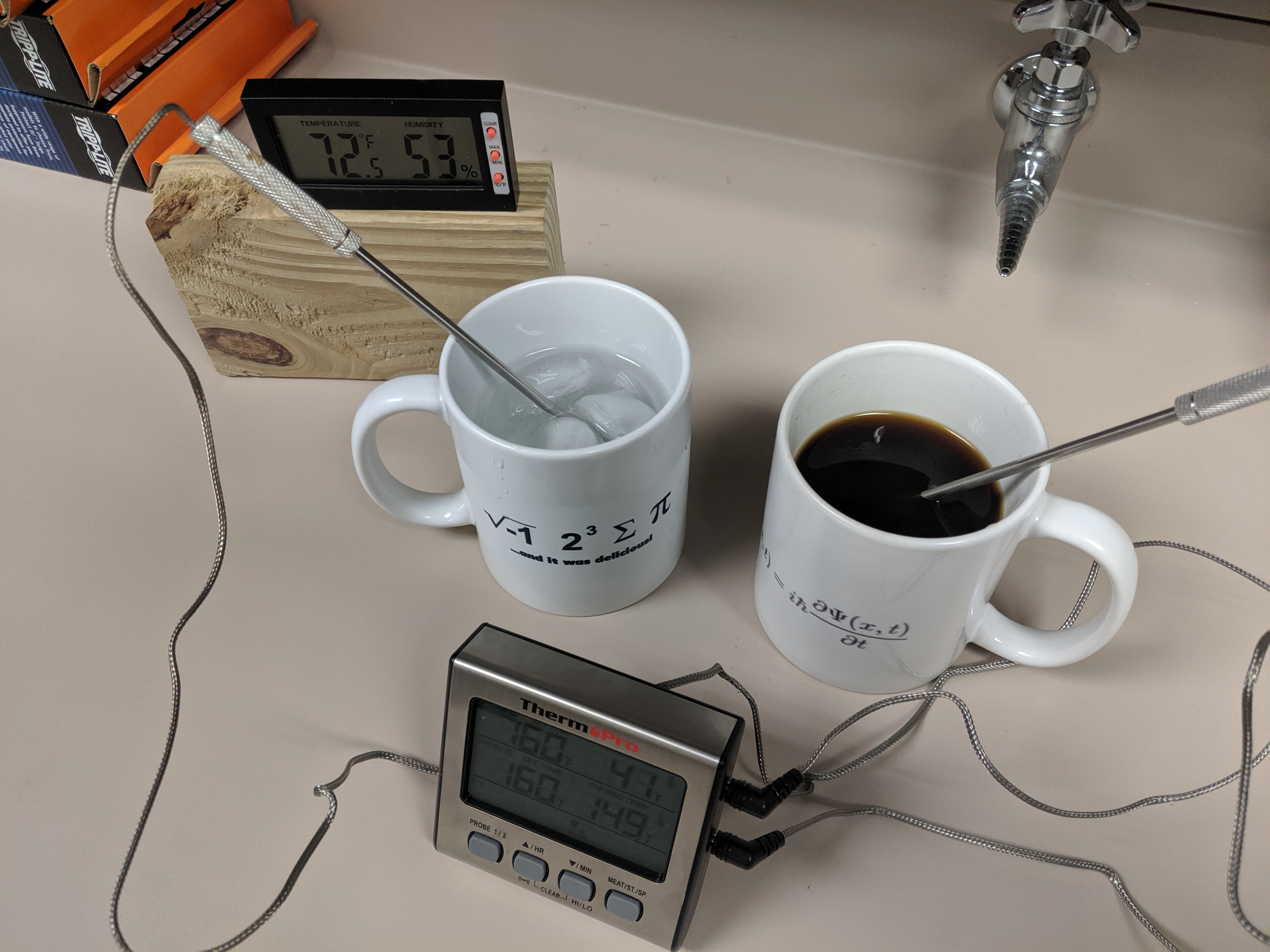With all the hooplah about the proposed $700B bail out of bad Wall St. investments, the fact that the United States is now on a continuing budget resolution went completely unnoticed by the press. I’ll bet this escaped everybody’s attention. It didn’t escape physicists’ attention.
You can find links to the legislation in THOMAS, the Library of Congress search engine [1]. Of course, I was very interested in what was going to happen to the DOE research budget. After the Consolidated Appropriations Act of 2007, which cut the FY08 basic research budget and led to cancellations of experiments and significant layoffs at National Labs, we were hoping for a “bump” in the Iraq War supplemental appropriations bill. Indeed, DOE science did get a tiny, tiny bump. $60 million dollars was appropriated for DOE, which was primarily used to stabilize the situation at Fermilab and restore some of the U.S. commitment to the huge international project, ITER. Many other areas of research were still stopped or zeroed out.
We were told in March that it was unlikely that the Congress would pass a single spending bill because of the fact that this is an election year. Nobody counted on the fiscal crisis, although being a subscriber to the notion of “black swans” this was by no means a real surprise [2]. The crisis made the passage of spending bills even LESS likely, and so we find ourselves living out the March Congressional self-fulfilling prophecy. Congress has not passed any spending bills for FY09, and tomorrow begins FY09.
So what has been passed? Just a week ago, the American Physical Society sent out warnings to members of the imminent passage of the Continuing Resolution. Rather than continuing the FY08 + supplemental funding, Congress was ignoring the supplemental and instead treating the FY08 omnibus number as the baseline spending cost. That was the story at the time.
On Sept. 27, the Congress appears to have passed the bill. What’s in it?
It’s locked tight. LOCKED TIGHT. The language is very clear:
The following sums are hereby appropriated . . . namely: Such amounts as may be necessary . . . for continuing projects . . . that are not otherwise specifically provided for in this joint resolution, that were conducted in fiscal year 2008, and for which appropriations, funds, or other authority were made available in . . . the Consolidated Appropriations Act, 2008 (Public Law 110-161)
In other words, any project named in last December’s bill is continued at the same amount. It gets worse:
Rates for operations shall be calculated . . . without regard to any amount designated in the applicable appropriations Acts for fiscal year 2008 as an emergency requirement or necessary to meet emergency needs pursuant to any concurrent resolution on the budget . . .
Again, if monies were appropriated in the Iraq War supplemental, that doesn’t get counted toward the continuation. The icing on the cake comes next:
No appropriation or funds made available or authority granted . . . shall be used to initiate or resume any project or activity for which appropriations, funds, or other authority were not available during fiscal year 2008.
The continued funding can only be used for projects that were authorized for funding in 2008. If ILC was reduced to a single fiscal year quarter of spending in 2008, then no money can be transferred from another project to ILC to help continue the R&D effort in the U.S. at more than one fiscal quarter’s worth of spending. In that case, that leaves $15M to be spent on R&D for the most ambitious collider project ever conceived, compared to the $60M that’s needed to make progress on such a machine. Never mind the zero money for ITER and the Fermilab future neutrino program.
To summarize: you get the money promised in the FY08 omnibus bill, which was a significant decrease below targets and a cut compared to 2007 when earmarks are removed, and you cannot reorganize money to help projects that were cut in 2008.
Screwed, anyone?
[1] http://thomas.loc.gov/home/approp/app09.html
[2] http://steve.cooleysekula.net/blog/2008/04/05/the-theory-of-spinoffs-part-1/



